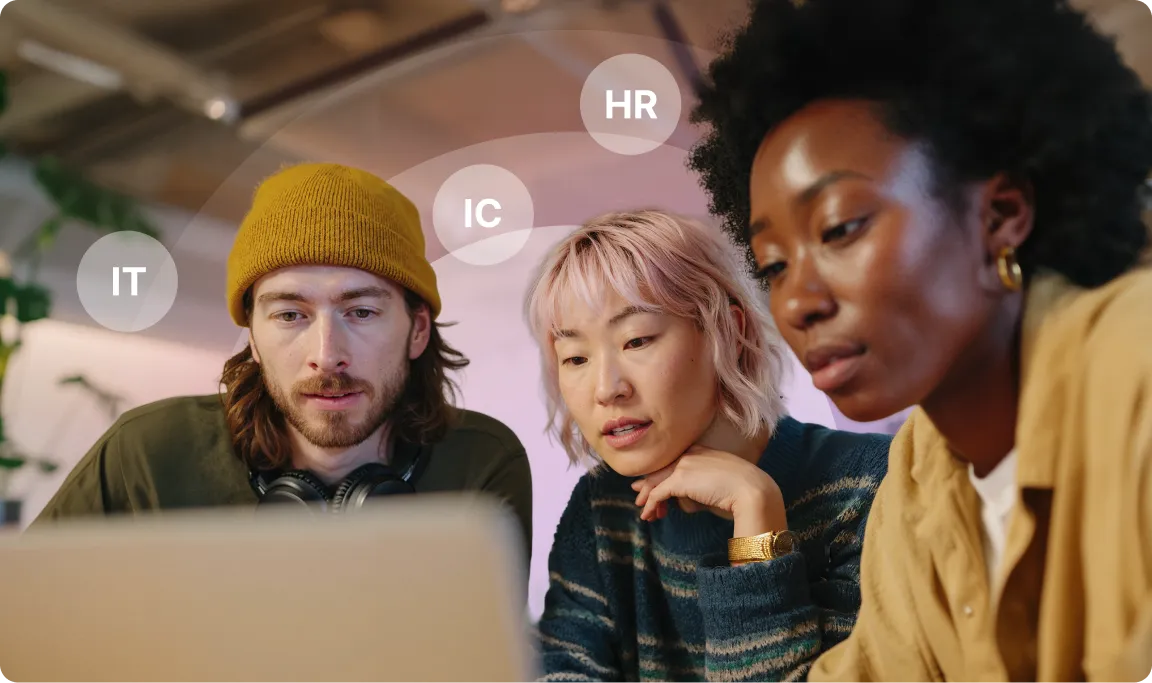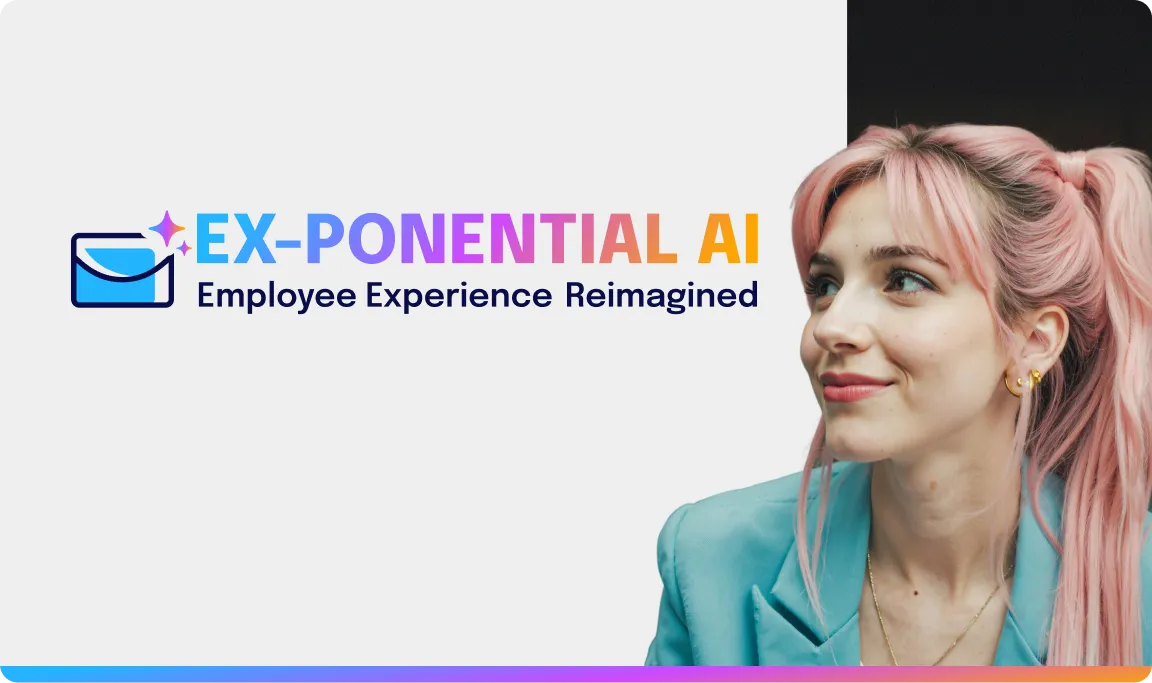AI Maturity Quiz
Summary and results
Use the score from your results email for tailored recommendations to strengthen your AI approach.
Today's landscape
As AI-powered tools become more widely available, HR teams are gaining greater autonomy, freeing time for what matters most: listening to employees, improving clarity, and supporting leaders.

What AI maturity looks like for you
Use your score as a guide and see how you stack up.
AI Curious 0-10
You’re beginning to explore AI and experimenting to see what’s possible — but AI hasn’t made a big impact on your daily work yet.
This is the perfect stage to build confidence by experimenting with a few safe, simple use cases and learning from peers, whether that’s a key person or resource in your organization, or through trusted industry communities and learning networks.

Compared to functions like product, finance or sales, many HR teams have been under-resourced and under-skilled. It’s a reflection of decades of underinvestment in both tooling and talent development. The rise of AI offers a rare chance to break that cycle.
Giovanni Luperti, Forbes Councils Member
for Forbes Human Resources Council

The opportunity at hand
The time saved through AI can be reinvested in higher-value strategies, like bridging gaps between disconnected tools. For HR leaders, that means rethinking roles, building new AI skills, and introducing positions like an “AI Product Leader” or “Head of HR Innovation.”

What might that look like in practice?
High-value use cases are becoming central to HR’s operating model — like AI-driven candidate matching, predictive turnover analysis, and AI-generated learning and development content, according to Gartner.
Reskilling and upskilling the workforce. Preparing people to work effectively alongside AI isn’t just a necessity: It’s a strategic advantage. A focus on continuous learning helps organizations keep pace while addressing employee concerns about job displacement.
Ensuring responsible adoption. A well-designed adoption plan protects data, prevents bias, and builds organizational trust. HR should lead the charge for AI equity — ensuring every employee has access to tools, training, and opportunities to benefit from it.

Our research finds the biggest barrier to scaling is not employees—who are ready—but leaders, who are not steering fast enough.
–
McKinsey & Company

What AI maturity looks like for HR leaders
The way we search, find, and interact with information has fundamentally shifted in recent years — but the workplace hasn’t caught up. Studies show while AI adoption is high outside of work, it remains uneven in the workplace, largely due to gaps in leadership readiness.
The gap matters.
Workers who feel empowered by their tech are 158% more engaged and 61% more likely to stay beyond three years. This puts a bigger responsibility on leaders who manage digital workplace tools.

The other piece of the puzzle?
Collaboration across teams shaping employee experience — especially internal communications, HR, and IT. By connecting systems, personalizing deeply, and improving access, organizations can create a cohesive employee journey that reduces noise for desk workers and elevates the front-line experience.

Here’s what these practices can look like:
Cutting through the noise with relevance
Employee journeys are informed by data and context — so communication, development, and recognition feel personal and relevant. Every interaction reflects an understanding of who the employee is and what they need.
Delivering personal experiences at scale
While core systems like an HRIS remain the foundation for accurate data, AI can improve how that information is used — anticipating employee needs, surfacing relevant updates, and delivering them in intuitive formats like AI-generated audio summaries.
Tracking impact of change programs
Whether it’s reskilling, transformation, or a merge and acquisition, AI can play a role in measuring adoption, engagement, and sentiment in real time — ensuring initiatives reach every layer of the workforce and deliver measurable value.
Strengthening culture and belonging
HR and leaders gain visibility into employee sentiment and connection, allowing them to reinforce values and respond to needs proactively. Employees feel seen, supported, and aligned with company purpose.
Operating with clear governance
Policies and guardrails ensure transparency, fairness, and compliance. Employees trust that AI-driven insights and actions reflect company values and protect their privacy.
Acting on employee sentiment in real time
AI continuously interprets feedback, participation, and engagement data to reveal opportunities for improvement — helping HR teams strengthen connection and prevent disengagement before it happens.
Keeping AI aligned with company values
AI practices should reflect fairness, inclusion, and respect. Every output, recommendation, and insight reinforces the company’s culture and ethics — building trust among employees and leaders alike.
Providing access to HR and workplace tools
Every employee — regardless of role or location — can find information, complete tasks, and connect with their organization through intuitive, conversational exchange.
You’re on your way. Now’s the time to close the AI gap.
AI is reshaping the employee experience—connecting internal communs, HR, and the rest of the digital workplace. You’re part of a larger shift: closing the AI gap to drive adoption and unlock deeper connection and impact.
Stay up to speed with EXponential AI, a newsletter on AI's transformative impact on the new era of employee experience.



